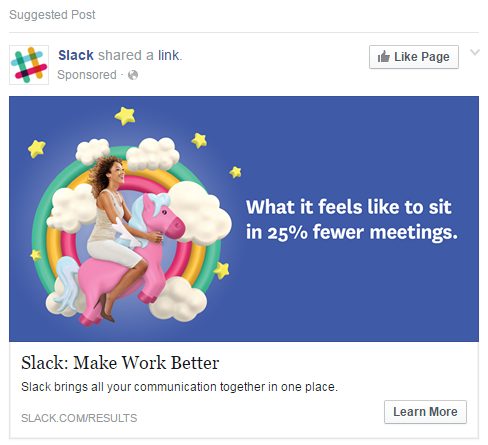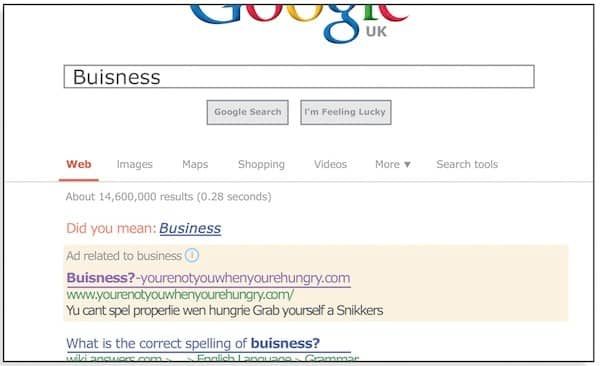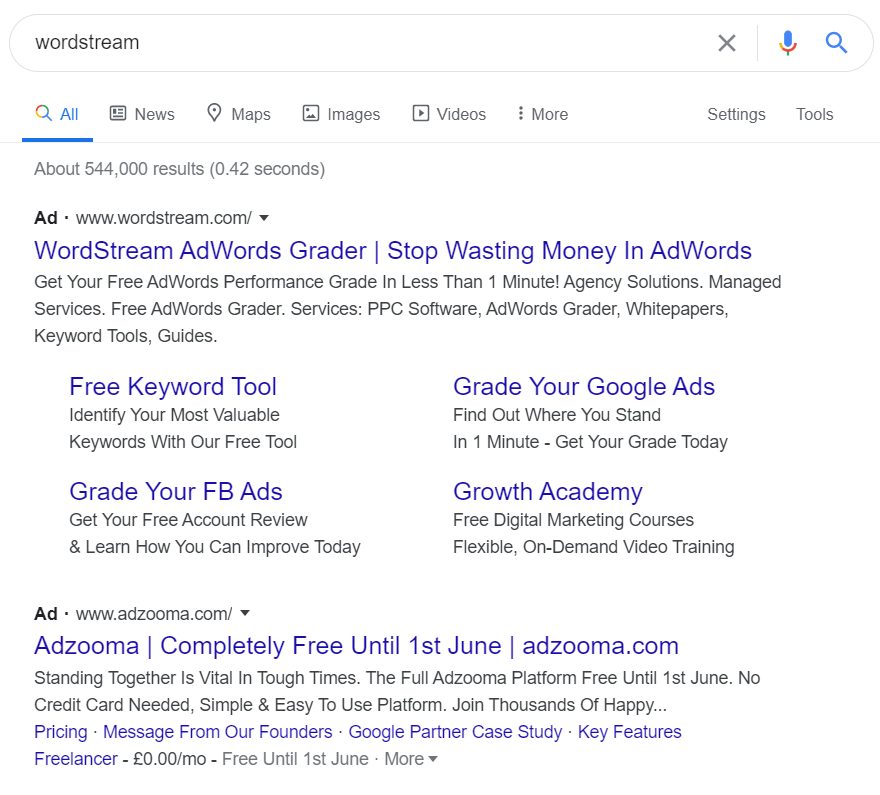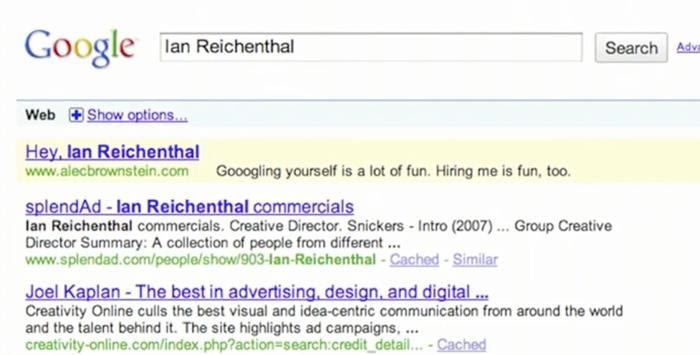PPC ads have huge potential when it comes to reaching your ideal customers. But they can be more than just informational posts if you have a little imagination. These 8 examples will show you how you can boost your profits by making things more creative.
1. Ann Summers’s “Reactive PPC” (2009/10/11)
Paid ads that feel current and up-to-date help to make them more trustworthy. After all, if the company has put the effort in with their ads, you can assume they put the same level of detail into their service.
Ann Summers are notoriously hot on the latest trends and world news. Their ads are reactive and well-placed to insert their brand name into current topics. Who would have associated them with elections, Chinese New Year and aircraft? Not me. But these witty ads are both humorous and informative – something the dry, dusty SERPs could do with more of.
Moreover, their humour and awareness of world events help to establish a rapport with their audience straight away. It also talks to them irrespective of gender, which is important for a userbase which is predominately female: spoken down to, unvalued and not expected to have knowledge of world politics, a brand that stomps across the arbitrary gender line and treats women as equals makes a strong statement – all in a few lines.
2. Glowyy’s “Don’t React PPC” (2020)

A recent example of how not to do this is by skincare and beauty site, Glowyy. In light of the current global pandemic, supplies of hand sanitiser are in high demand. But by putting context into this ad, it fuels the panic-buying mentality sweeping the nation. Google has since cracked down on all mentions of the virus in PPC ads, but brands like these should know better in the first place.
3. Slack’s “Honesty Is The Best Policy” (2019)

This display ad by Slack on Facebook is nothing groundbreaking in terms of layout. But the truthfulness, the transparency and understanding, that the message promotes is refreshing. The honest tone is effective because nobody likes endless meetings which seem pointless, but never feel like they can say so. Adding a spoonful of honesty to your advertising can really boost its success.
4. Snickers’s “You’re Not You When You’re Hungry” (2013)
This old Snickers ad was launched based on spelling mistakes; when a query was misspelt, their ‘you’re not you when you’re hungry’ ad appeared. Today, this wouldn’t come off as Google accounts for spelling errors, yet the sentiment is the same: you don’t just have to think about bidding on words that are directly related to your business if you can think of a good reason why.

If you’re worried about spelling mistakes, Adzooma has a ‘spelling and grammar’ feature built-in which alerts you to any errors in your ads. The Opportunity Engine checks over 250+ metrics on your account, making sure your ads are as close to perfect as they can be.
5. Apple’s “Brand Bidding” (2020)

It may seem strange to see industry giants such as Apple paying for ads. With them having 49.98% of the market share, the iPhone automatically comes to the mind of anyone looking to upgrade their smartphone. But the reality is, some people may initially forget that the iPhone is an option, particularly if they’re coming from an Android device. Apple isn’t willing to take any risks, no matter how big they are. Their strategy is one that should inspire yours: if their brand doesn’t take up that ad space, another will. And they aren’t leaving any gaps for their competitors to sneak into.
6. Adzooma’s “Competitor Bidding” (2020)

Talking of sneaking into gaps, a guaranteed way to target your ideal customers is to bid on your competitor’s brand. Here’s our recent cheeky example – we were advertising how our platform was free until June right under our competitor’s ad. They’re offering a free tool, we’re offering an entire platform: we’re leaving the choice up to the user.
Our competitors have simply done what Apple did above, and bid on their own brand. But we’re jockeying for position on their own term at 2nd place in the SERPs. Bidding on your competitor’s brand name and keywords is a great way to get more brand visibility from the right kind of people. If you steal away a few customers in the process, even better.
7. Kleenex’s “Always Use The Data” (2013)
Kleenex had a slightly different approach to utilising the SERPs: its data.
Realising that people typically turn to Google, rather than their doctor, for advice on mild cold and flu symptoms, it compiled this data to be able to predict where flu outbreaks were due to happen. From there, they set up their online advertising to target specific areas that were going to need more tissues. This not only allowed it to increase its tissue sales by 40%, but also save money through accurately adjusting its media spend on each location.
8. Alec Brownstein’s “Hire Me” 2009

You can tell this is a classic example by the appearance of Google, and yet what it represents is still inspiring today.
Alec Brownstein, then Senior Copywriter, now Vice President of Creative at Dollar Shave Club, bet that the Creative Directors he wanted to hire him would be the types of people who googled their own name. So, he set up paid ads targeting them, and because he was the only person doing this, ranked top. The clicks cost him 15 cents, and he got two job offers from it. Pretty neat.
This kind of highly targeted advertising can be replicated in your campaigns. All you need to know is who exactly you’re targeting. Have a look at how implementing longtail keywords into your strategy can help bring down your CPC and increase your customers.
Spice up your campaigns
If you feel like your PPC ads are a little stale, hopefully these creative examples have inspired you to make some changes. Don’t be afraid to try something wild: it’ll make you stand out.







